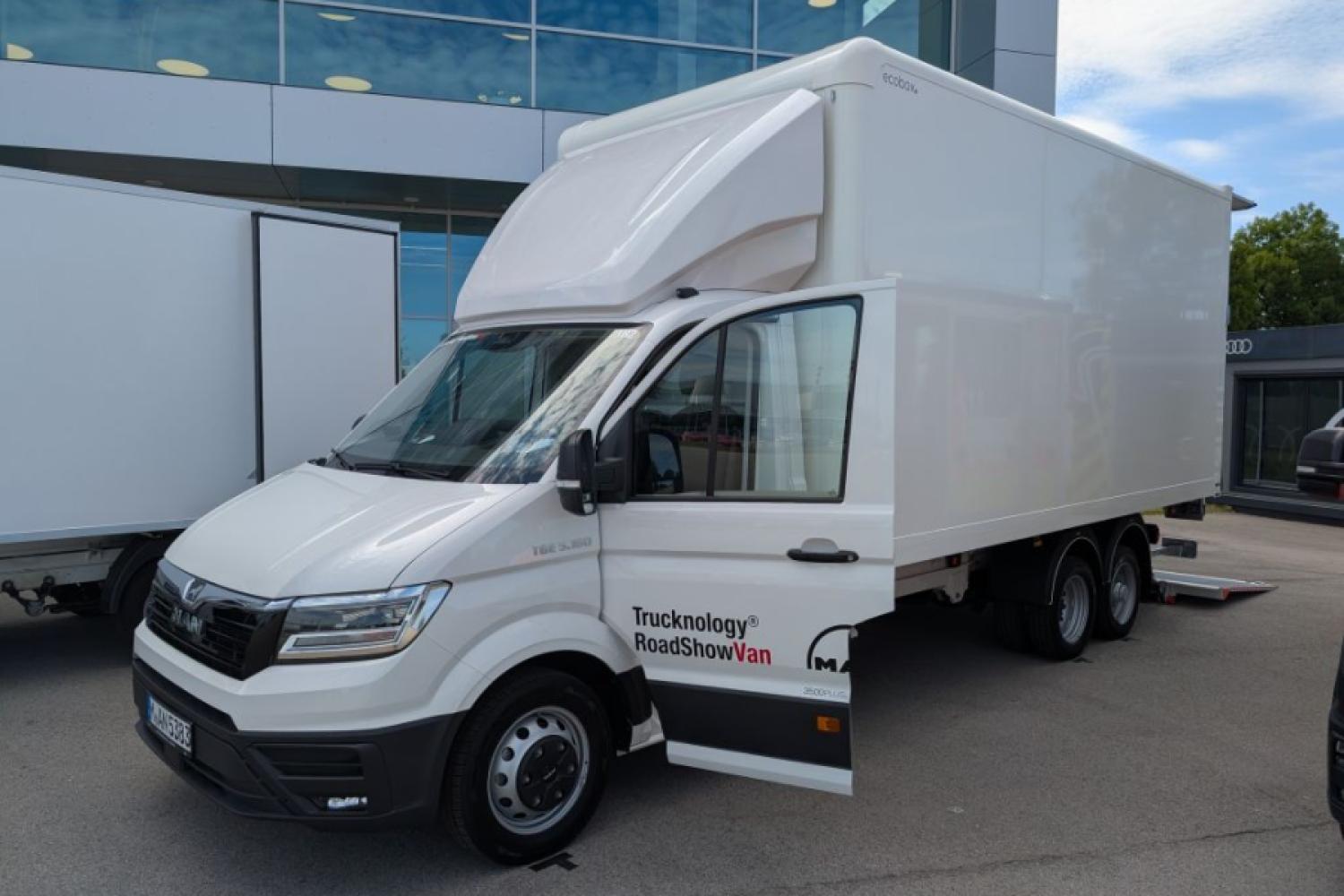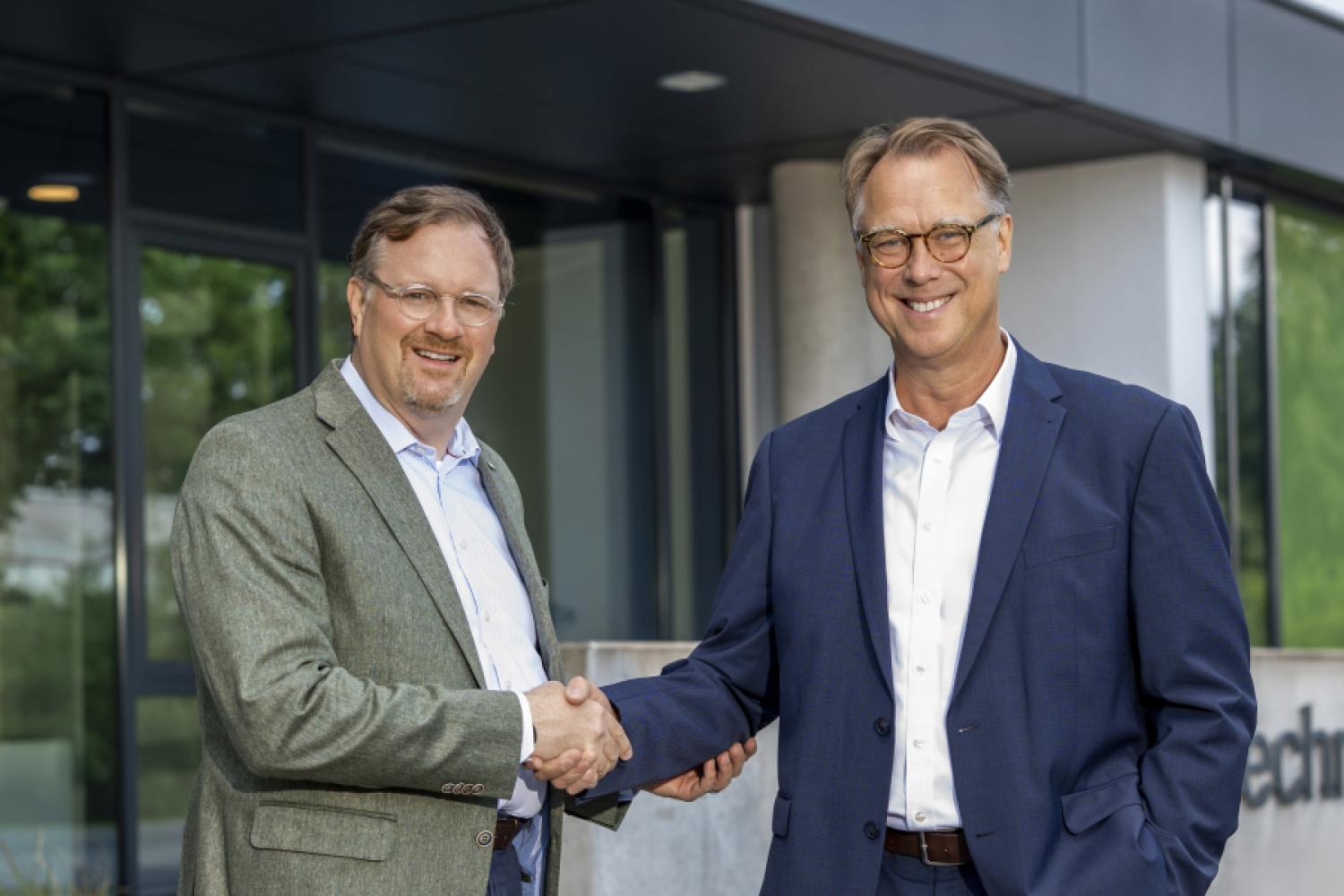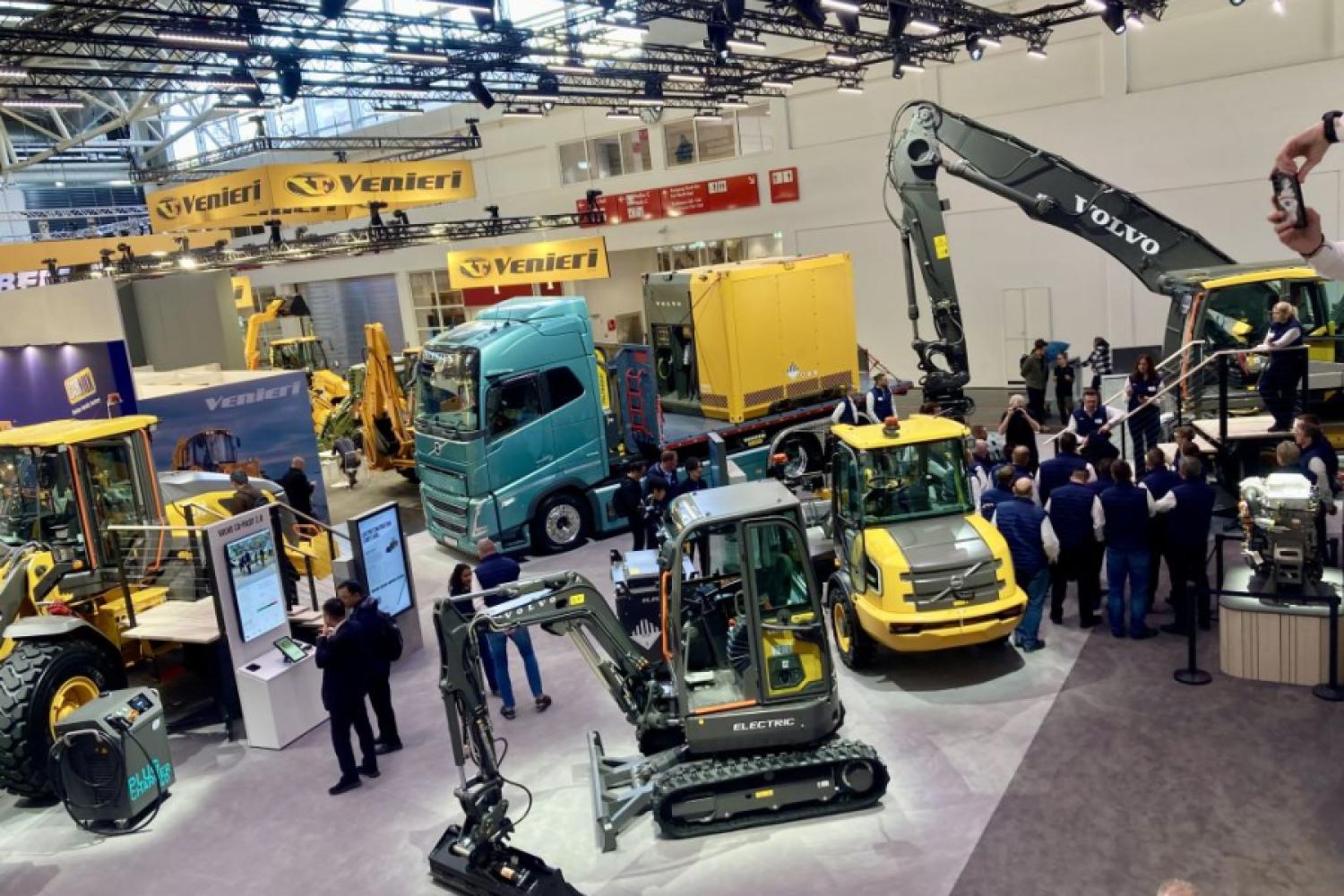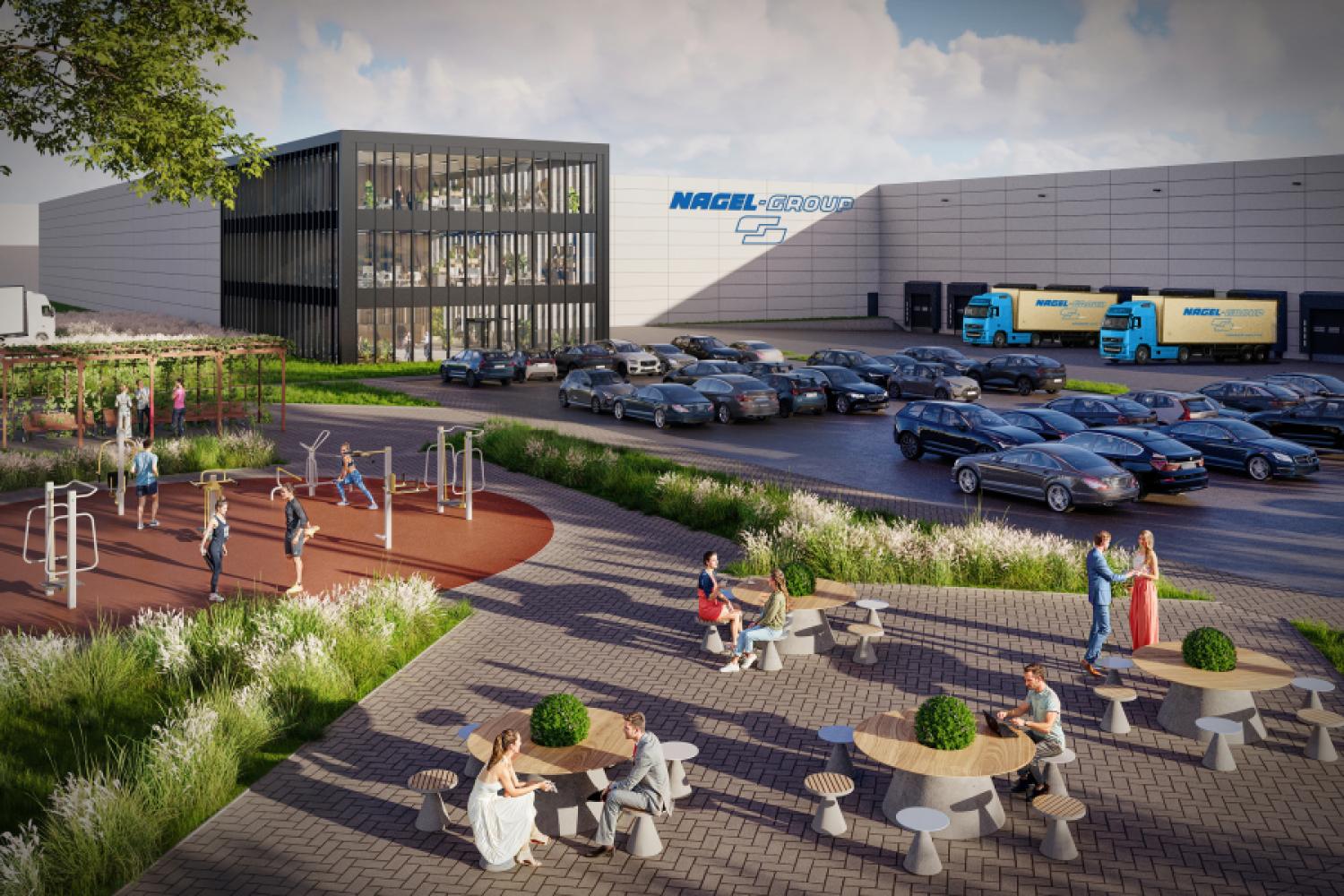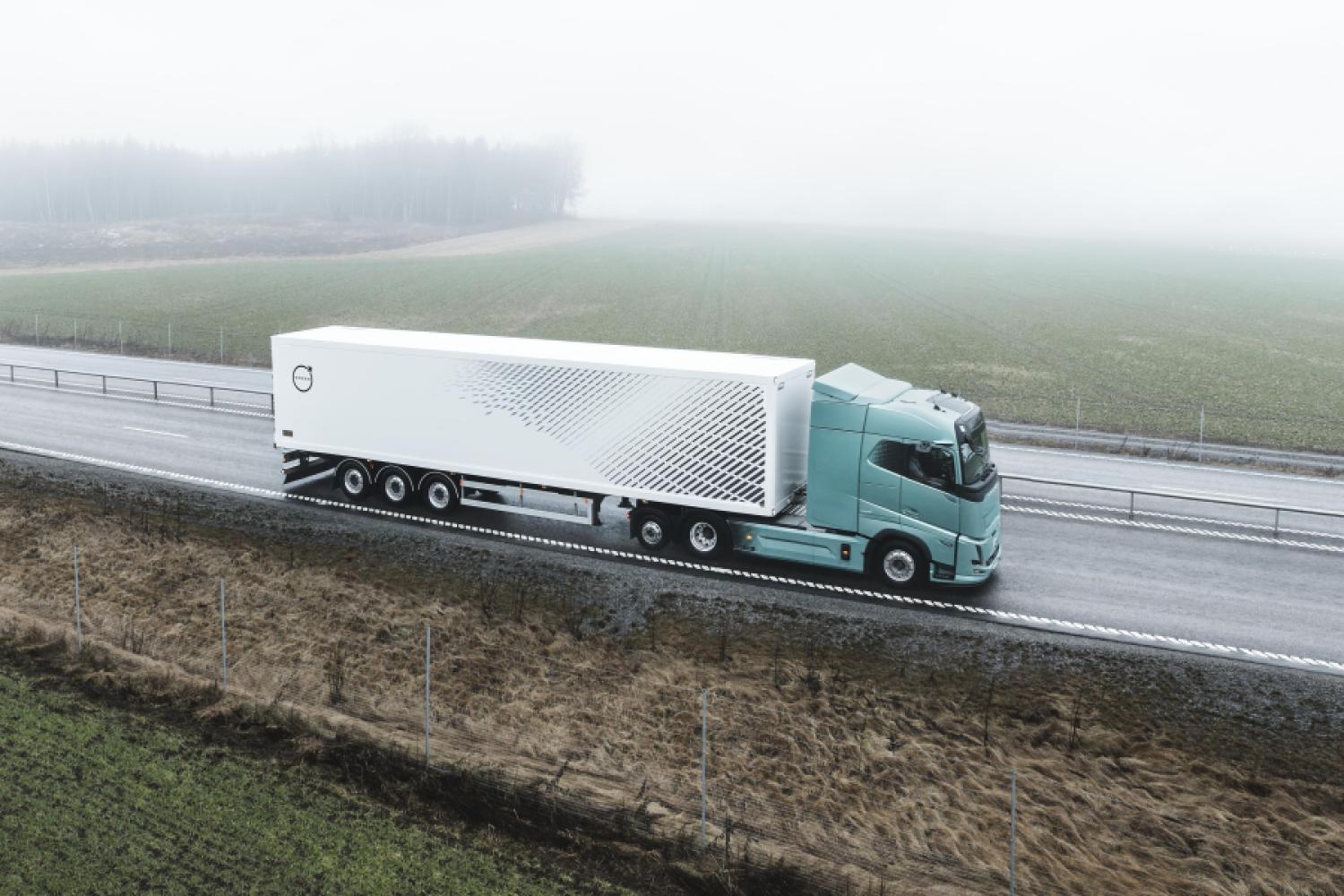The Port of Antwerp-Bruges, together with its technology partners Akkodis, VDL, and Medrepair (part of MedlogSA, affiliated with MSC), demonstrated an autonomous and fully electric shuttle at the Medrepair terminal yesterday, Thursday. Jacques Vandermeiren, CEO of the Port of Antwerp-Bruges:
“Today, more than ever, the Port of Antwerp-Bruges serves as a unique testing ground for groundbreaking innovations. Thanks to the PIONEERS project, we can test concrete solutions in an operational environment that contribute to our goal of becoming a climate-neutral port. The autonomous, electric container shuttle, which drives for the first time on an active terminal today, perfectly demonstrates how technology and sustainability can go hand in hand. We are therefore particularly proud to make an active contribution to this."
Short Distances to the Warehouse
The electric container shuttle automates short-distance transfers between key operational areas such as warehouses, stacks, and gates. It aims to reduce the need
for conventional diesel-powered vehicles and manual handling. Equipped with intelligent navigation software and high-resolution sensors, the platform autonomously follows a predefined route while ensuring operational transparency through a central Human-Machine Interface (HMI). Daniel Tocantins, Director Europe Medrepair:
“The productivity of a terminal depends on how smoothly goods can flow from one touchpoint to another. By automating this process with emission-free vehicles, we introduce a solution that not only supports sustainability goals but also offers tangible benefits in terms of speed, reliability, and cost-efficiency.”
According to its own information, the vehicle is based on VDL's three-axle MTT platform and is equipped with an electric 6x4 transmission and a dynamic axle system that is optimized for terminal conditions and is said to ensure consistent performance under different loads and terrains.
It is already the second successful test of the system following a technical validation earlier this year in Breda, Netherlands.
Yesterday's practical test focused on integrating the system in a busy port terminal. Operational insights were gained that can be used for future scaling and commercial use, according to the partners.
For terminal operators and logistics companies, the autonomous shuttle represents a modular, scalable, and versatile component of Logistics as a Service (LaaS) strategies, opening up new possibilities to reduce handling times, minimize workload, and increase yard throughput.
The shuttle system aims to better manage the increasing complexity of internal container movements, thereby transforming container transport within the terminal and improving operational efficiency, safety, and sustainability in ports.
The technology was introduced as part of the PIONEERS project, funded by the European Union as part of the Horizon 2020 research and innovation program. Karel Smits, Director New Business VDL Automated Vehicles:
“VDL is a leader in sustainable heavy-duty transport in the field of automated vehicles. Our knowledge and
experience in design, electrification, connectivity, autonomous driving, and mobility as a service, combined with safety, are fully integrated into this MTT platform. Since 2011, VDL has deployed more than 300 driverless transport vehicles at the ports of ECT (Rotterdam), PSA (Singapore), and DGT (Busan) and at the industrial sites of BASF (Ludwigshafen) and Aviko (Steenderen). The VDL Mixed Traffic Transporter used in Antwerp is the perfect further development of our position.”
The Details
- Maximum speed: 15 kilometers per hour, depending on total weight, route, and traffic conditions
- Range: 8 hours of driving time on a single battery charge
- E-motors: Power 168 KW, Torque 2,200 Nm
- Gross battery capacity: 144 kWh
- Empty weight: 15,000 kg, depending on the configuration
- Maximum payload: 48,000 kg
- Maximum total weight: 63,000 kg
- Three axles, 6x4 drive
- Dimensions: 2.55 meters width, chassis height: 1.07 meters, chassis length: 12.56 meters; equivalent to a standard truck

